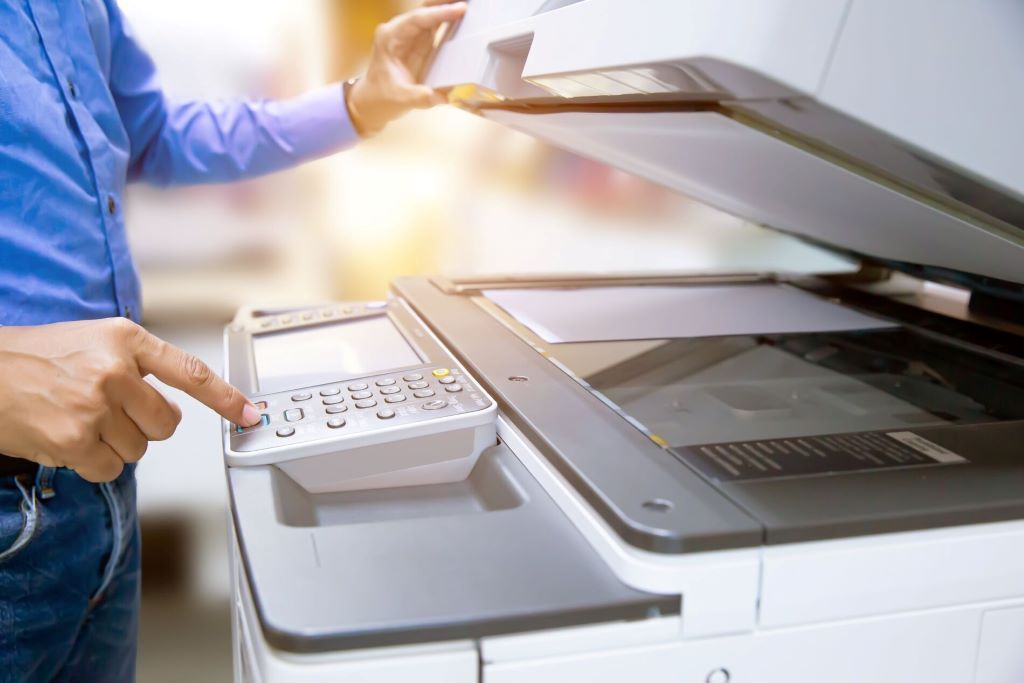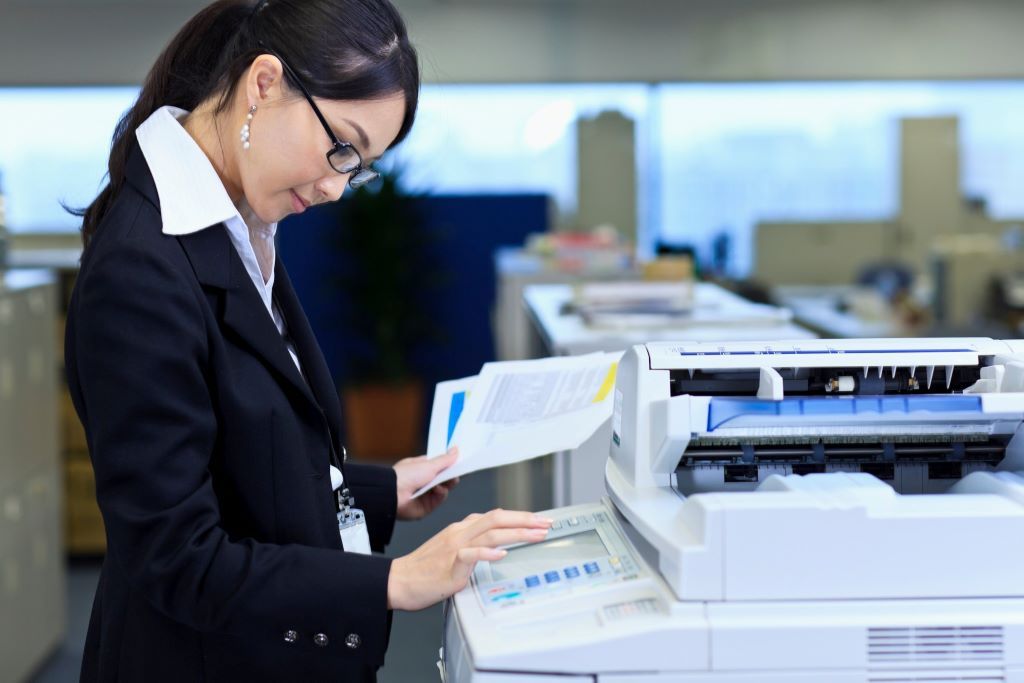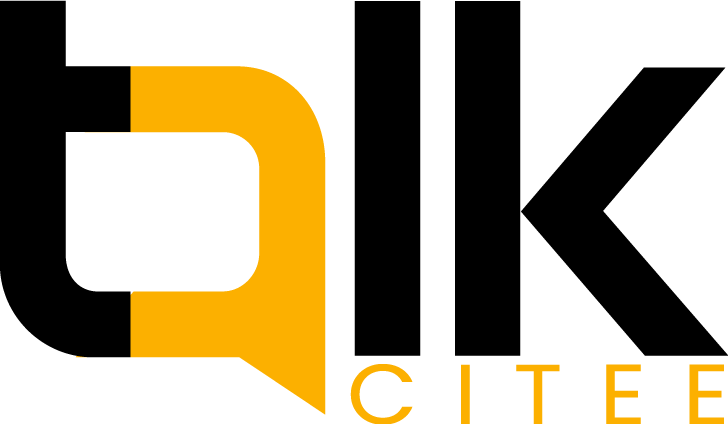
How to Save Money on Office Printing Costs
Office printing is one of the most underestimated expenses in a business environment. According to a study by Gartner, companies spend up to 3% of their annual revenue on printing. Yet, few firms manage this cost effectively. With the right strategies, it’s possible to significantly cut down on these expenses without compromising efficiency. If you’re wondering how to save money on office printing costs, this guide breaks down expert insights, proven techniques, and actionable tips that will transform your approach to print management.
-
Conduct a Print Audit
The first step in reducing printing costs is understanding your current usage. A print audit helps you assess how much you’re printing, who is printing, and what types of documents consume the most resources.
By analyzing this data, you can identify inefficiencies. For instance, if one department uses 60% of your print budget, a closer look may reveal redundant or unnecessary printing. Tools like Print Audit 6 or PaperCut MF can automate this process and offer detailed reports.
-
Go Digital Where Possible
Not everything needs to be on paper. Going digital reduces the demand for printers, ink, and paper. Implementing cloud-based solutions like Google Workspace or Microsoft 365 can streamline documentation and communication.
In fact, a report by IDC revealed that businesses embracing digital workflows reduced printing needs by up to 40%. While going paperless entirely may not be feasible for every business, moving meeting notes, internal memos, and employee handbooks online is a logical start.
-
Standardize Printing Rules
Setting up clear printing policies ensures uniformity and accountability across departments. You can configure default settings to print in black and white or double-sided, which dramatically cuts toner and paper usage.
According to HP, duplex printing can save up to 25–50% of paper consumption annually. Adding pop-up reminders for duplex and draft mode encourages employees to be mindful of printing costs. This is a simple yet powerful step to control daily printing behavior.
-
Invest in Cost-Efficient Equipment
All printers are not created equal. Low-cost printers often have higher long-term operating costs due to expensive ink cartridges and lower yields. Instead, choose printers that offer a low cost-per-page rate and are optimized for business use.
Laser printers, especially monochrome models, are ideal for high-volume printing. Brands like Brother, Canon, and HP offer enterprise-grade models that balance performance and economy. Be sure to also calculate total cost of ownership (TCO) before purchasing—not just the sticker price.
-
Use Compatible or Remanufactured Cartridges
Original Equipment Manufacturer (OEM) ink and toner cartridges come at a premium. While they offer quality, they often cost more than the printer itself over time. Switching to compatible or remanufactured cartridges can save up to 60% without a noticeable drop in print quality.
Companies like LD Products and 123Inkjets offer reliable alternatives. Additionally, some studies show that third-party cartridges perform comparably to OEMs in yield and print quality. However, always buy from reputable sources to avoid inferior products.

-
Limit Color Printing
Color prints cost up to 10 times more than black-and-white documents. Establishing a “color print only when necessary” policy significantly reduces ink expenses. Also, software like PrintLimit Pro can block unauthorized color printing or alert users when they’re about to print in color.
You can also set default settings to monochrome and restrict color access to specific departments, such as marketing or design, where it’s essential.
-
Print in Draft Mode
Draft or economy mode uses less ink and prints faster. It’s perfect for internal documents, memos, or rough drafts. While the output might be slightly lighter, it gets the job done and extends cartridge life.
Most modern printers offer this feature in their settings panel or print dialog box. Encourage staff to use it as a default option for non-finalized materials.
-
Leverage Managed Print Services (MPS)
Managed Print Services help monitor, manage, and optimize your print infrastructure. They often include hardware, maintenance, and supply replenishment in one package. According to Quocirca, businesses using MPS reduce print costs by up to 30%.
Providers like Xerox, Ricoh, and HP offer tailored solutions that scale with your business. These services also improve document security, reduce downtime, and offer predictive analytics to prevent waste.
-
Buy Supplies in Bulk
Ink, toner, and paper bought in small quantities cost more per unit. Buying in bulk from suppliers or warehouse clubs can lead to significant discounts. Establish a procurement schedule based on usage trends to avoid emergency purchases at premium prices.
Additionally, storing supplies correctly—away from humidity and direct sunlight—ensures they remain usable and don’t go to waste.
-
Recycle and Reuse Paper
Set up recycling stations near printers to collect single-sided pages for reuse. These can be used for drafts, note-taking, or internal handouts. Encouraging this habit fosters a cost-conscious culture within your workplace.
Some offices also invest in rewritable paper technology for specific needs, though it’s still a niche solution. Simple recycling bins and signage, however, go a long way in promoting sustainability and cost-saving.
FAQs: How to Save Money on Office Printing Costs
- Is it cheaper to buy a new printer or repair an old one?
It depends on the model and usage. Repairing high-end printers is often more cost-effective, but low-end units may be cheaper to replace. - Are third-party cartridges safe for my printer?
Yes, when bought from reputable vendors. Avoid ultra-cheap versions as they might leak or damage your machine. - How do I monitor employee printing habits?
Use tools like Papercut or PrinterLogic to track and analyze user printing behavior across departments. - Should I outsource printing jobs?
Outsourcing is economical for high-volume or specialty prints. Compare in-house costs versus local print shops for accuracy. - What are some green printing practices?
Use recycled paper, refill cartridges, and adopt digital workflows. This reduces both environmental impact and costs. - Can default settings really save that much?
Absolutely. Setting defaults to duplex, grayscale, and draft mode slashes usage across hundreds of daily prints. - How often should I review my printing costs?
Quarterly reviews are ideal. They help track trends, evaluate changes, and update cost-saving strategies effectively.
Final Thought
Learning how to save money on office printing costs is more than just cutting corners—it’s about running a smarter, more efficient workplace. Every page printed represents a tangible cost, and over time, these costs compound into thousands of dollars. Through audits, digital alternatives, policy enforcement, and strategic upgrades, businesses can control and reduce this silent drain on their budget.
Even small adjustments, such as encouraging draft printing or switching cartridges, offer measurable returns. The key is consistency and education—ensuring your team understands the impact of their printing habits.
For businesses ready to make real changes, embracing these practical methods can yield fast, sustainable savings. And in today’s competitive environment, every saved dollar helps your business move further, faster.
Read More:
Build Your Own Home Office: Quick, Easy Ideas
Running a small office-based business and the importance of keeping costs to a minimum







